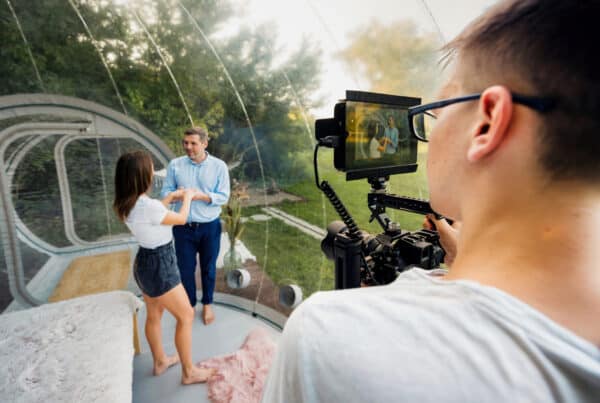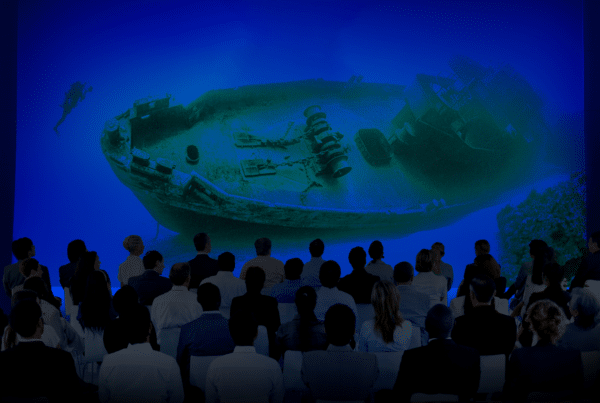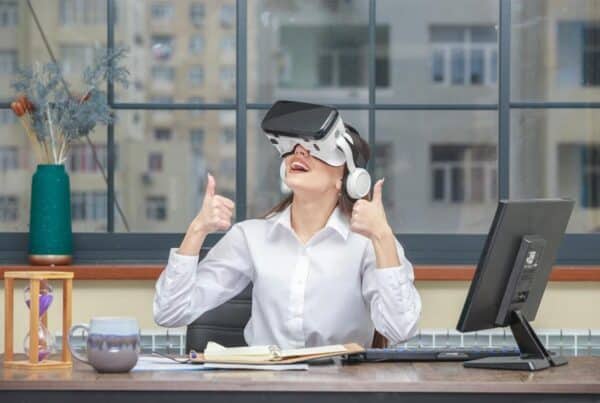In today’s fast-paced world, digital innovation has become an integral part of various industries, and the restoration sector is no exception. One of the latest advancements making waves is the use of 360 restoration virtual tours. These virtual tours are transforming how restoration projects are documented, presented, and assessed. In this comprehensive guide, we’ll delve into what 360 restoration virtual tours are, their benefits, and how they are reshaping the restoration industry.
What Are 360 Restoration Virtual Tours?

360 restoration virtual tours are immersive digital experiences that showcase restoration projects in a panoramic format. By using 360-degree cameras and specialized software, these virtual tours allow viewers to explore a space as if they were physically present. This technology captures every angle of a restoration project, from the overall layout to the intricate details of the restoration work.
These tours can be accessed from various devices, including computers, tablets, and smartphones. They often include interactive elements such as hotspots, which provide additional information about specific features or areas of the project. This level of interactivity enhances the viewer’s understanding and appreciation of the restoration work.
Benefits of 360 Restoration Virtual Tours
- Enhanced Documentation and Record-Keeping
Traditional methods of documenting restoration projects often involve photographs and written reports. While these are useful, they can be limited in conveying the full scope and scale of a project. 360 restoration virtual tours offer a more comprehensive way to document the work. They capture the entire environment, including before-and-after states, in a way that photos and text alone cannot.This detailed documentation is invaluable for historical records, insurance claims, and future reference. It provides a complete visual record of the restoration process, ensuring that every aspect is preserved and easily accessible. - Improved Client Communication and Engagement
Clients often find it challenging to visualize the extent of restoration work, especially when dealing with complex projects. 360 virtual tours bridge this gap by allowing clients to experience the restoration firsthand, even if they cannot visit the site in person. This immersive experience helps clients better understand the work completed and appreciate the quality of the restoration.Moreover, interactive features such as clickable hotspots can provide additional context and explanations about specific restoration techniques, materials used, or challenges overcome. This enhanced communication fosters greater trust and satisfaction between restoration professionals and their clients. - Efficient Marketing and Promotion
In a competitive industry, effective marketing is crucial for attracting new clients and showcasing expertise. 360 restoration virtual tours serve as powerful marketing tools by allowing potential clients to explore past projects in an engaging and interactive manner. Restoration companies can use these virtual tours on their websites, social media platforms, and in promotional materials to demonstrate their capabilities and showcase their portfolio. This visual representation of their work can be a compelling factor for clients considering their services. - Streamlined Project Management and Collaboration
Restoration projects often involve multiple stakeholders, including contractors, architects, and project managers. Coordinating efforts and ensuring everyone is on the same page can be challenging. 360 restoration virtual tours facilitate better project management by providing a shared visual reference that all parties can access.These tours can be used in virtual meetings to discuss project progress, review specific areas, and address any issues. This visual tool helps streamline communication and ensures that all stakeholders have a clear understanding of the project’s status and requirements. - Enhanced Accessibility and Convenience
Accessibility is a significant advantage of 360 restoration virtual tours. They allow users to explore the restoration project from anywhere and at any time, eliminating the need for physical site visits. This is particularly beneficial for clients who may be located far from the project site or for those with mobility constraints.Additionally, virtual tours can be revisited as needed, providing a convenient way to review details and track progress over time. This accessibility makes it easier for clients and stakeholders to stay informed and engaged throughout the restoration process. - Improved Quality Control and Assurance
Quality control is a critical aspect of restoration work. Ensuring that every detail meets the required standards can be challenging, especially when dealing with large or complex projects. 360 restoration virtual tours offer a valuable tool for quality assurance by providing a comprehensive view of the work completed.Restoration professionals can use these tours to review the project in detail, identify any areas that may need additional attention, and ensure that all aspects of the restoration meet the required specifications. This thorough review process helps maintain high standards of quality and ensures client satisfaction. - Educational and Training Opportunities
Virtual tours are not only useful for clients and stakeholders but also for educational and training purposes. Restoration professionals can use 360 tours as a learning tool to study different restoration techniques, materials, and approaches. This can be particularly valuable for new employees or those looking to expand their skills.Additionally, virtual tours can be used in educational settings to provide students with a realistic view of restoration projects. This hands-on approach to learning can enhance understanding and appreciation of the field.
How 360 Restoration Virtual Tours Work
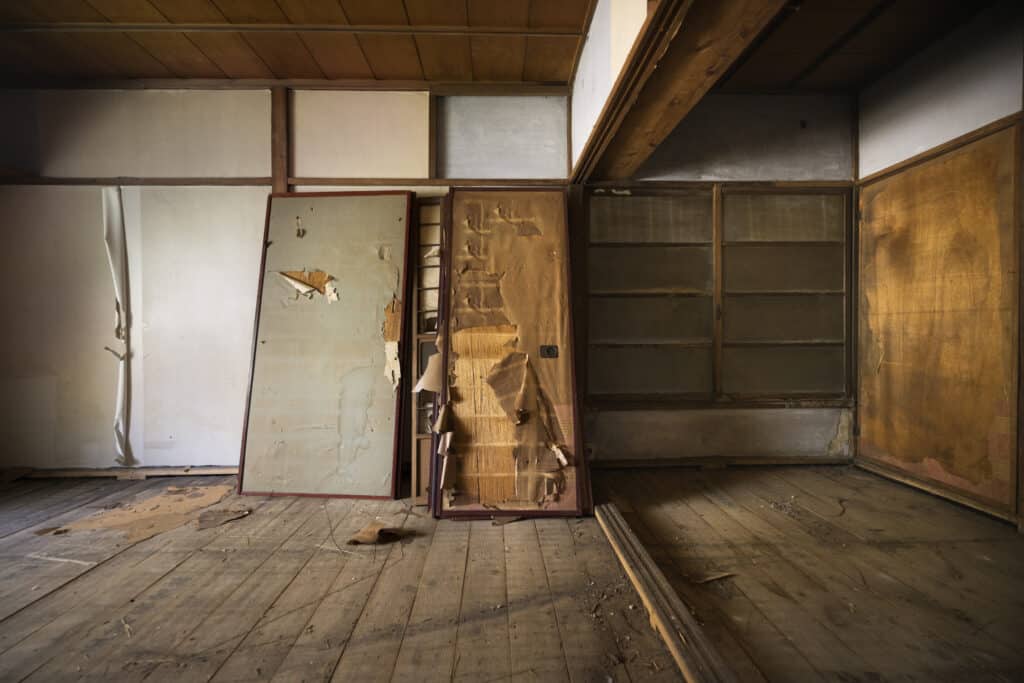
Creating a 360 restoration virtual tour involves several key steps:
- Planning and Preparation
Before capturing the virtual tour, it’s essential to plan the project thoroughly. This includes identifying the areas to be included in the tour, determining the best angles for capturing the space, and ensuring that all necessary equipment is available. Proper planning ensures that the final virtual tour effectively showcases the restoration work. - Capturing the 360-Degree Imagery
The next step is to capture the 360-degree imagery of the restoration project. This is done using specialized 360-degree cameras that capture a full panoramic view of the space. The camera is typically placed in various locations throughout the project to ensure comprehensive coverage. - Creating the Virtual Tour
Once the imagery is captured, it is processed and compiled into a virtual tour using specialized software. This software allows for the integration of interactive elements such as hotspots, clickable links, and informational overlays. The final virtual tour is then published and made accessible to viewers. - Enhancing and Optimizing
To maximize the effectiveness of the virtual tour, it’s important to enhance and optimize the content. This includes ensuring that the tour is easy to navigate, the interactive elements are functional, and the overall user experience is seamless. Optimization also involves ensuring that the virtual tour is compatible with various devices and platforms.
Future Trends and Innovations
As technology continues to evolve, the future of 360 restoration virtual tours promises exciting advancements:
- Integration with Insurance Platforms
One notable trend is the integration of 360 virtual tours with insurance platforms. This allows for more efficient and accurate assessments of damage, streamlining the claims process. Insurers and restoration companies can use these tours to document the extent of damage in real-time, providing a clear and comprehensive view that aids in faster decision-making and claims processing. - Enhanced Interactivity with Data Overlays
Future virtual tours may feature advanced interactivity with data overlays. This could include real-time annotations, repair cost estimates, or interactive comparisons of before-and-after conditions. Such enhancements will provide viewers with a more detailed understanding of the restoration process and its impact. - Seamless Integration with Project Management Tools
Expect greater integration of virtual tours with project management tools. This could facilitate real-time updates, collaborative planning, and progress tracking within a single platform. Restoration professionals and clients will benefit from a more streamlined workflow, where virtual tours are directly linked to project schedules and documentation. - Advanced Virtual Reality (VR) Capabilities
The future may see the incorporation of advanced virtual reality (VR) capabilities into 360 restoration tours. VR could offer an even more immersive experience, allowing users to interact with the restoration environment in three dimensions. This could be particularly useful for detailed inspections or client presentations, providing a more engaging and informative experience.
Case Studies and Examples
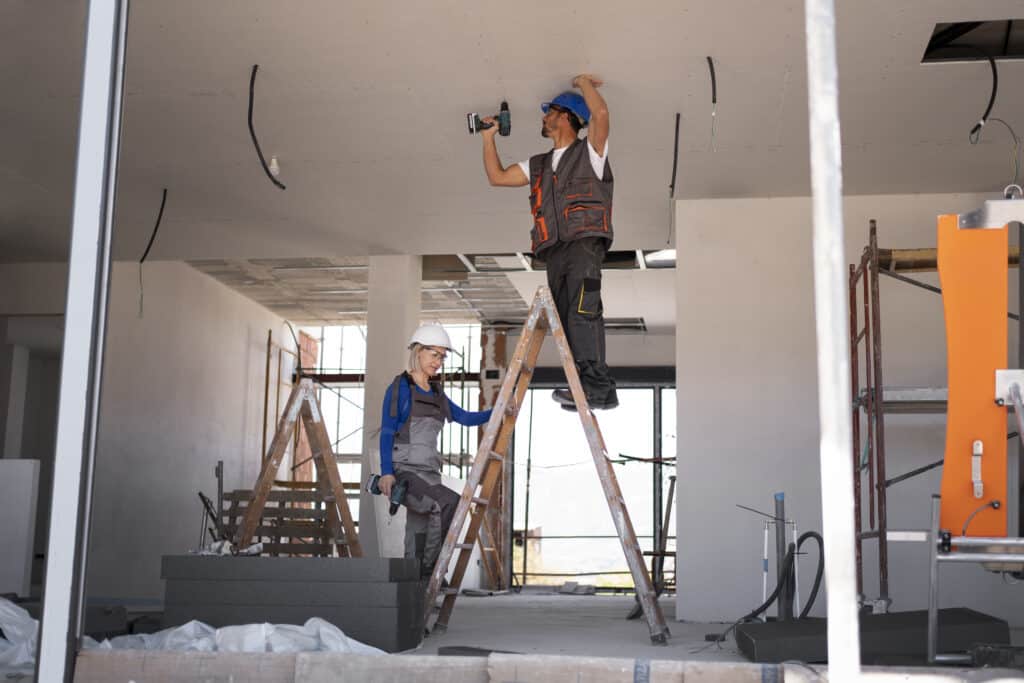
To illustrate the impact of 360 restoration virtual tours, let’s look at a few real-world examples:
- Historical Building Restoration
A historical building restoration project used a 360 virtual tour to document the extensive work involved in preserving and restoring the structure. The tour showcased the intricate details of the restoration, including the restoration of original architectural features and the integration of modern upgrades. The virtual tour provided a valuable resource for historical preservationists, architects, and the public. - Residential Renovation
A residential renovation project utilized a 360 virtual tour to highlight the transformation of a historic home. The tour allowed potential clients to explore the home’s interior and exterior, showcasing the high-quality craftsmanship and attention to detail. The virtual tour proved to be an effective marketing tool, leading to increased interest and new clients for the renovation company. - Commercial Property Restoration
A commercial property restoration project employed a 360 virtual tour to provide stakeholders with an immersive view of the restored space. The tour included interactive hotspots that offered additional information about the restoration process and materials used. This approach facilitated better communication and collaboration between the restoration team and the property owners.
Conclusion
360 restoration virtual tours are revolutionizing the way restoration projects are documented, presented, and assessed. By providing an immersive and interactive experience, these virtual tours offer numerous benefits, including enhanced documentation, improved client communication, efficient marketing, and streamlined project management.
As technology continues to advance, the potential for 360 restoration virtual tours will only grow, offering even more innovative and engaging ways to showcase restoration work. Whether you are a restoration professional, a client, or simply interested in the field, embracing this technology can provide a deeper understanding and appreciation of the art and science of restoration.
Showcase restoration projects like never before with 360 virtual tours! Provide immersive, detailed views of progress, historical sites, and renovations. Enhance transparency, engagement, and documentation. Contact us today to learn how 360 restoration virtual tours can transform the way you present and preserve your projects!


